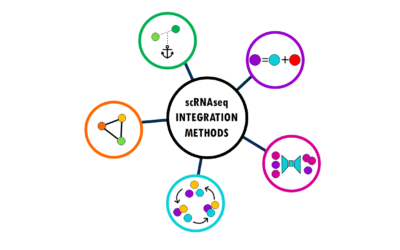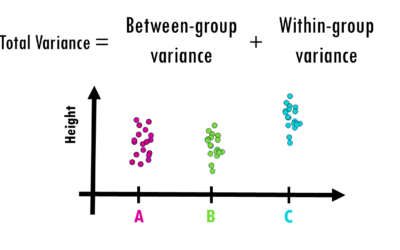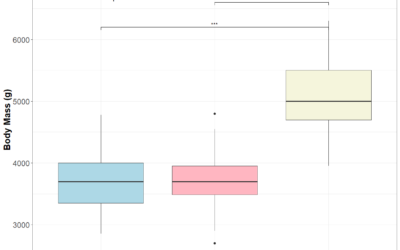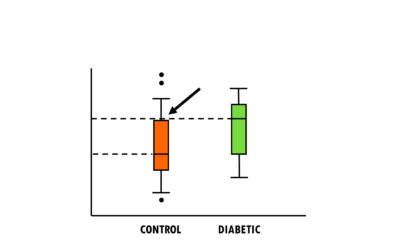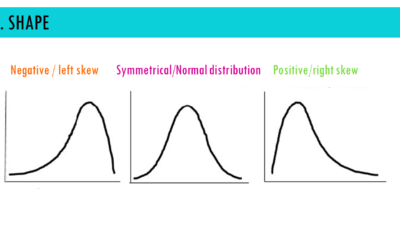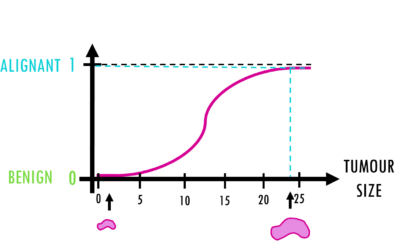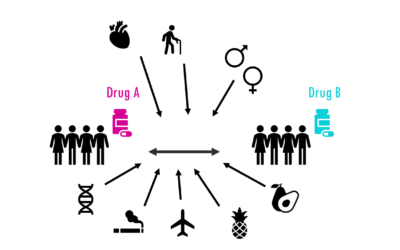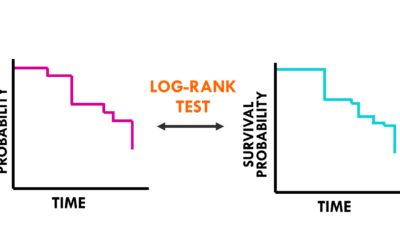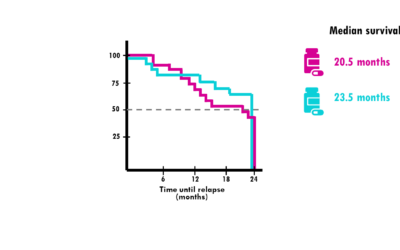BiostatLEARN
Simple and clear explanations of biostatistics methods, statistical concepts and more!
I try to keep them maths-free and straight to the point, with many examples of biological applications.
Latest posts
Integration methods in scRNAseq: easily explained!
An overview of the most popular integration methods for single-cell dataSingle-cell RNA sequencing (scRNA-seq) has revolutionized our understanding of biology by allowing us to measure gene expression in individual cells rather than bulk tissue samples. This...
MSigDB gene sets: easy msigdbr in R
MSigDB gene sets: easy msigdbr in R MSigDB gene sets: easy msigdbr in R Welcome to this comprehensive guide on MSigDB (Molecular Signatures Database) and the msigdbr R package! If you’ve ever wondered which gene sets to use for your pathway enrichment analysis, or...
How to interpret MA plots
How to interpret MA plots How to interpret MA plots In this blogpost, we will go over the basics of an MA plot which is a very useful visualisation for genomics and transcriptomics data. We will go over the basics of MA plots and how to interpret them. This is the...
ANOVA (analysis of variance) easily explained
How to interpret ANOVA (analysis of variance) easily explained!When you're working with data and want to determine whether different groups have significantly different averages, simply eyeballing the numbers won’t cut it. That’s where ANOVA (Analysis of Variance)...
Pathway Enrichment Analysis with clusterProfiler (old version)
Hey! You're looking at an old post. Newer version here: clusterProfiler tutorial in RR TUTORIAL: Perform pathway enrichment analysis with clusterProfiler() in RBefore you start...Welcome to Biostatsquid's easy and step-by-step tutorial on ClusterProfiler! In this...
How to choose log2FC thresholds for DGE analysis
Setting thresholds for differential gene expression (DGE) analysis is crucial and depends on several factors. In essence, for a list of genes, we are trying to define what counts as biologically meaningful versus just statistically significant. The question is... How...
Comparing multiple groups: Kruskal-Wallis test in R
When working with biological data, we often want to compare measurements across multiple groups. However, these measurements aren't always normally distributed. In such cases, non-parametric methods like the Kruskal-Wallis test and Dunn’s post-hoc test are ideal...
Understanding Seurat objects – simply explained!
Understanding the structure of Seurat objects version 5 - step-by-step simple explanation!If you've worked with single-cell RNAseq data, you've probably heard about Seurat. In this blogpost, we'll cover the the Seurat object structure,in particular the new Seurat...
SCTransform – simple and intuitive explanation
SCTransform (Single-Cell Transform) is a normalization method primarily used in scRNA-seq data analysis. It was developed to address limitations in standard normalization approaches when dealing with single-cell data. You can check how to apply SCTransform on your...
Why do genes with the highest logFC not have the lowest p-value?
That's a really good and very common question in differential gene expression analysis! It feels intuitive that the larger the difference in expression (log fold change, or logFC), the more significant it should be (i.e., the smaller the p-value), but that’s not...
PCA vs UMAP vs t-SNE
Understanding similarities and differences between dimensionality reduction algorithms: PCA, t-SNE and UMAPPCA, t-SNE, UMAP... you've probably heard about all these dimensionality reduction methods. In this series of blogposts, we'll cover the similarities and...
Easy UMAP – explained with an example
A short but simple explanation of UMAP- easily explained with an example!PCA, t-SNE, UMAP... you've probably heard about all these dimensionality reduction methods. In this series of blogposts, we'll cover the similarities and differences between them, easily...
Easy t-SNE – explained with an example
A short but simple explanation of t-SNE - easily explained with an example!PCA, t-SNE, UMAP... you've probably heard about all these dimensionality reduction methods. In this series of blogposts, we'll cover the similarities and differences between them, easily...
A simple explanation of PCA
A short but simple explanation of PCA - easily explained with an example!PCA, t-SNE, UMAP... you've probably heard about all these dimensionality reduction methods. In this series of blogposts, we'll cover the similarities and differences between them, easily...
How to interpret boxplots and violin plots
A short but simple explanation of boxplots and violin plots - easily explained with an example!Violin plots and boxplots are a great way to visualise and compare a continuous variable across different groups or categories. For example, you might want to find out which...
How to interpret density plots
A short but simple explanation of density plots - easily explained with an example!Density plots are a great way to visualise the distribution of continuous variables. For example, you might want to find out within which range of weights most of your mice fall. Or if...
Logistic regression – easily explained!
A short but simple explanation of logistic regression - easily explained with an example!Logistic regression is a statistical model (also known as logit model) which is often used for classification and predictive analytics. But what is logistic regression? When do we...
Easy Cox regression for survival analysis
A simple explanation of Cox regression and hazard ratios for survival time analysisSurvival time analysis studies a variable with a start time and an end time, which is when a certain event occurs. The event could be death, but also be relapse after chemotherapy, a...
Easy log rank test for survival analysis
A simple explanation of the log rank test to evaluate differences between survival curvesPreviously, we talked about survival analysis and the Kaplan-Meier curve. In this post, I will explain how to interpret the log rank test for survival analysis. Before we start,...
Kaplan-Meier curve – easily explained!
A simple explanation of Kaplan-Meier curves and how to interpret them!In my previous blogpost, we talked about survival time analysis. In a nutshell, survival time analysis, is a group of statistical methods we use to investigate the time it takes for an event of...
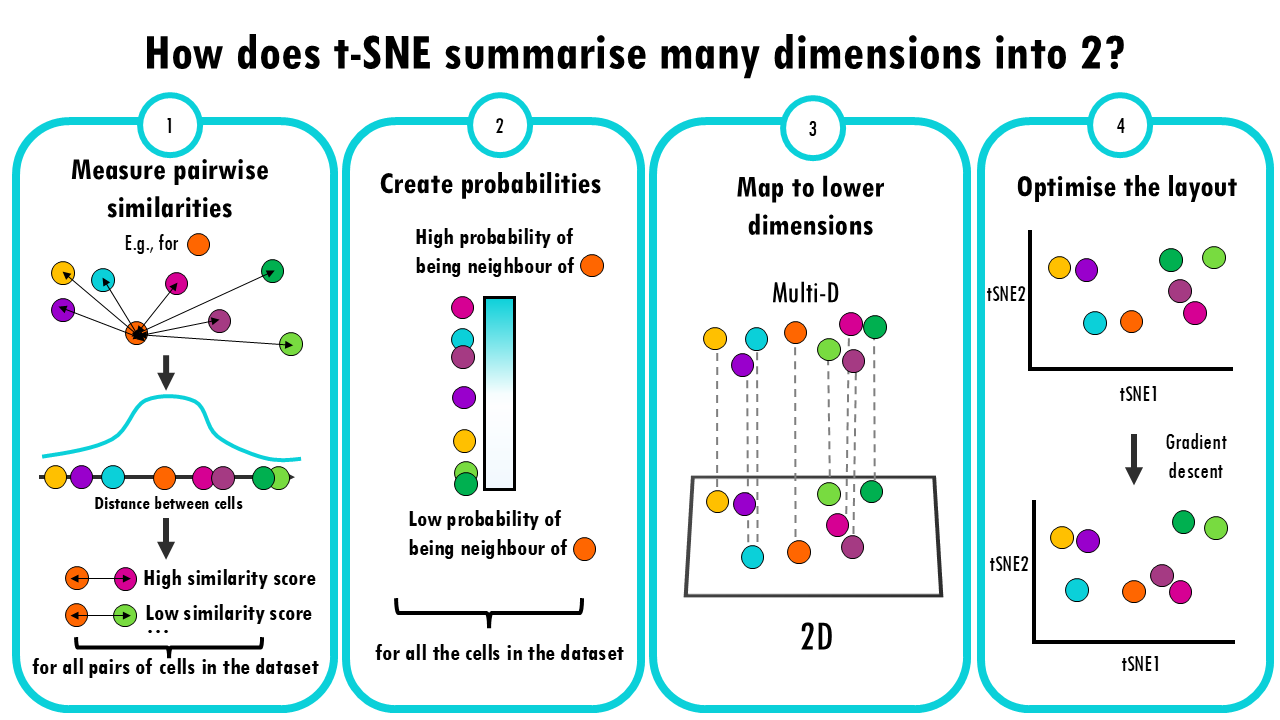
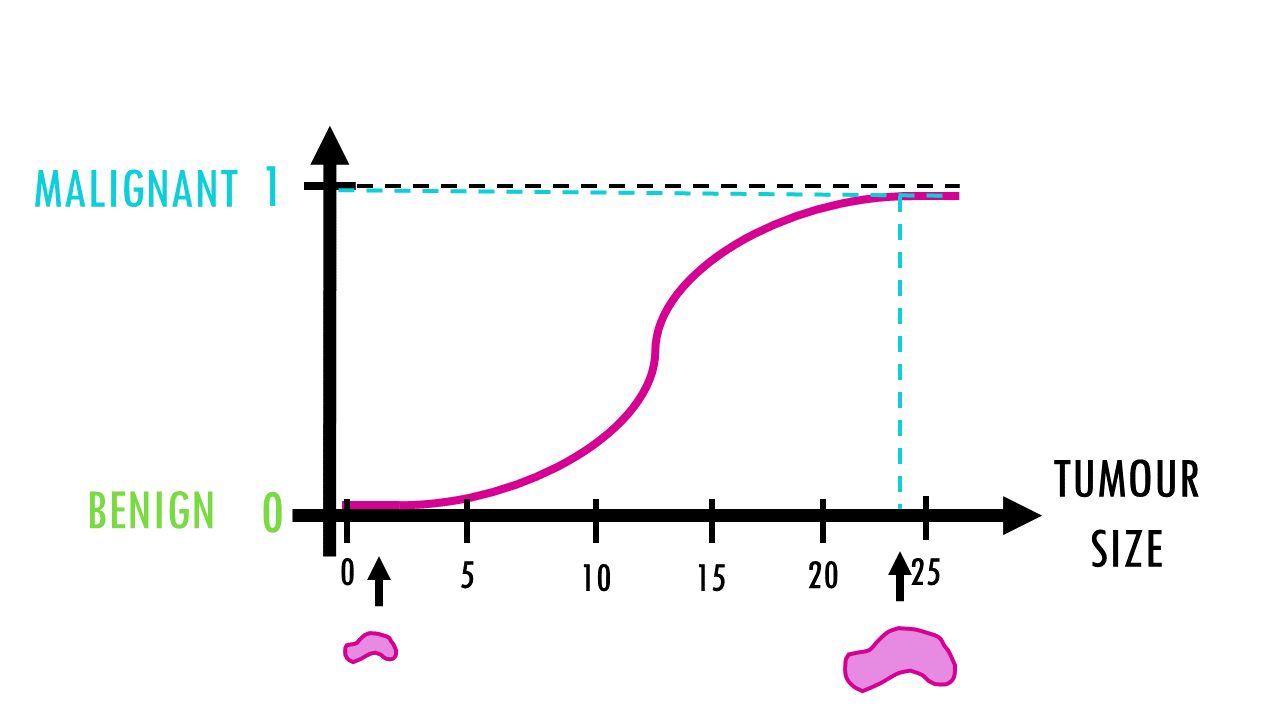
Integration methods in scRNAseq: easily explained!
An overview of the most popular integration methods for single-cell dataSingle-cell RNA sequencing (scRNA-seq) has revolutionized our understanding of biology by allowing us to measure gene expression in individual cells rather than bulk tissue samples. This...
MSigDB gene sets: easy msigdbr in R
MSigDB gene sets: easy msigdbr in R MSigDB gene sets: easy msigdbr in R Welcome to this comprehensive guide on MSigDB (Molecular Signatures Database) and the msigdbr R package! If you’ve ever wondered which gene sets to use for your pathway enrichment analysis, or...
How to interpret MA plots
How to interpret MA plots How to interpret MA plots In this blogpost, we will go over the basics of an MA plot which is a very useful visualisation for genomics and transcriptomics data. We will go over the basics of MA plots and how to interpret them. This is the...
ANOVA (analysis of variance) easily explained
How to interpret ANOVA (analysis of variance) easily explained!When you're working with data and want to determine whether different groups have significantly different averages, simply eyeballing the numbers won’t cut it. That’s where ANOVA (Analysis of Variance)...
Pathway Enrichment Analysis with clusterProfiler (old version)
Hey! You're looking at an old post. Newer version here: clusterProfiler tutorial in RR TUTORIAL: Perform pathway enrichment analysis with clusterProfiler() in RBefore you start...Welcome to Biostatsquid's easy and step-by-step tutorial on ClusterProfiler! In this...
How to choose log2FC thresholds for DGE analysis
Setting thresholds for differential gene expression (DGE) analysis is crucial and depends on several factors. In essence, for a list of genes, we are trying to define what counts as biologically meaningful versus just statistically significant. The question is... How...

